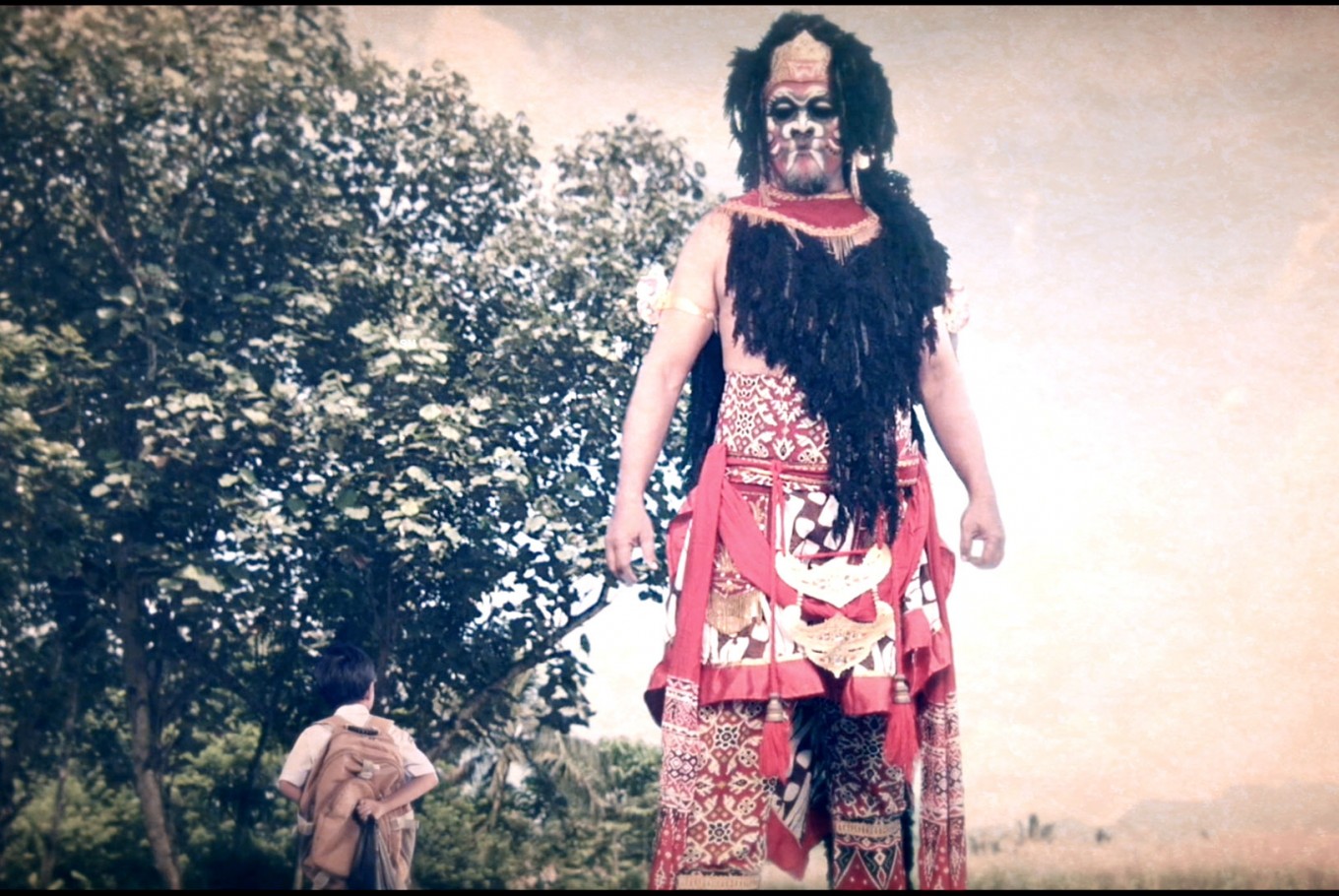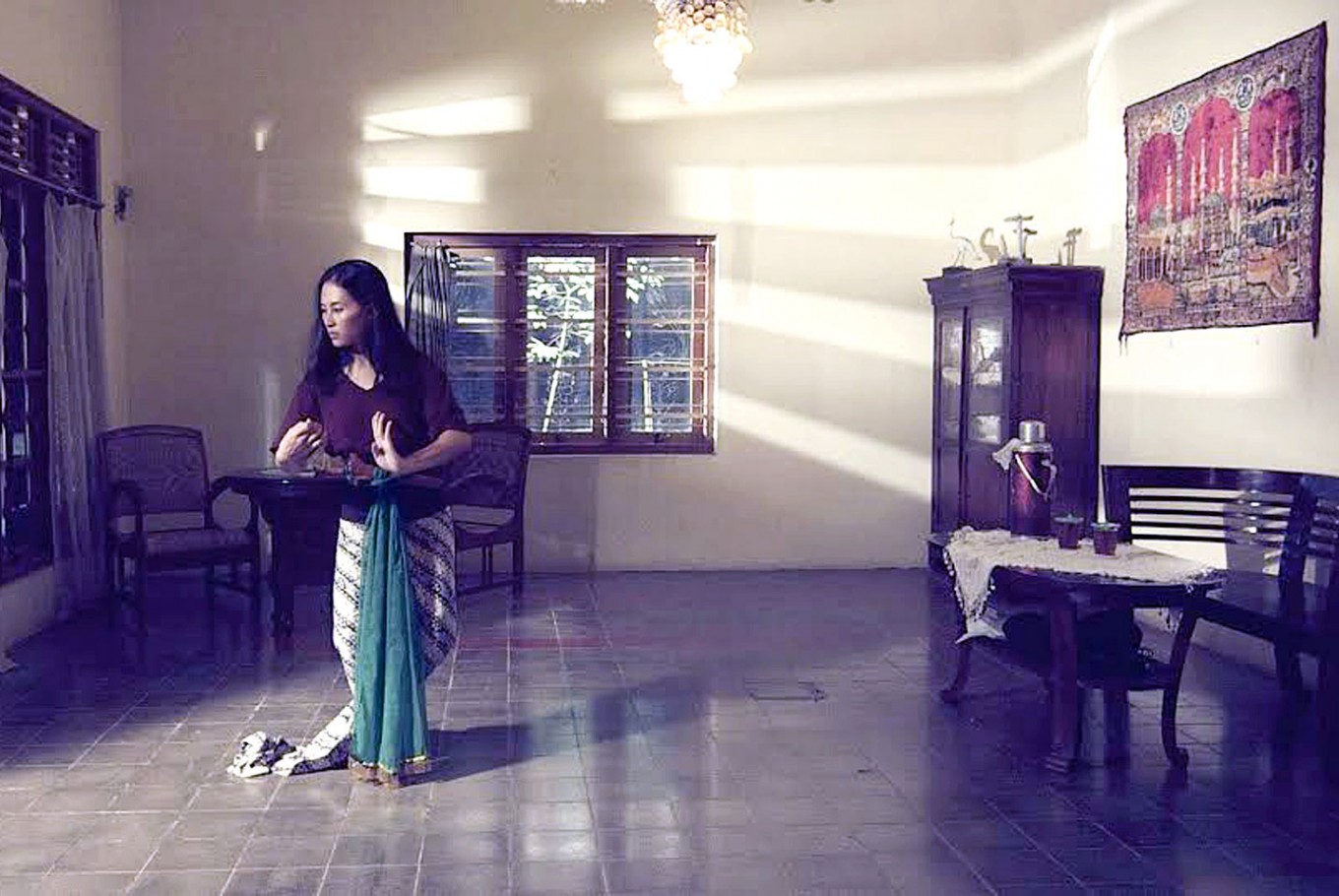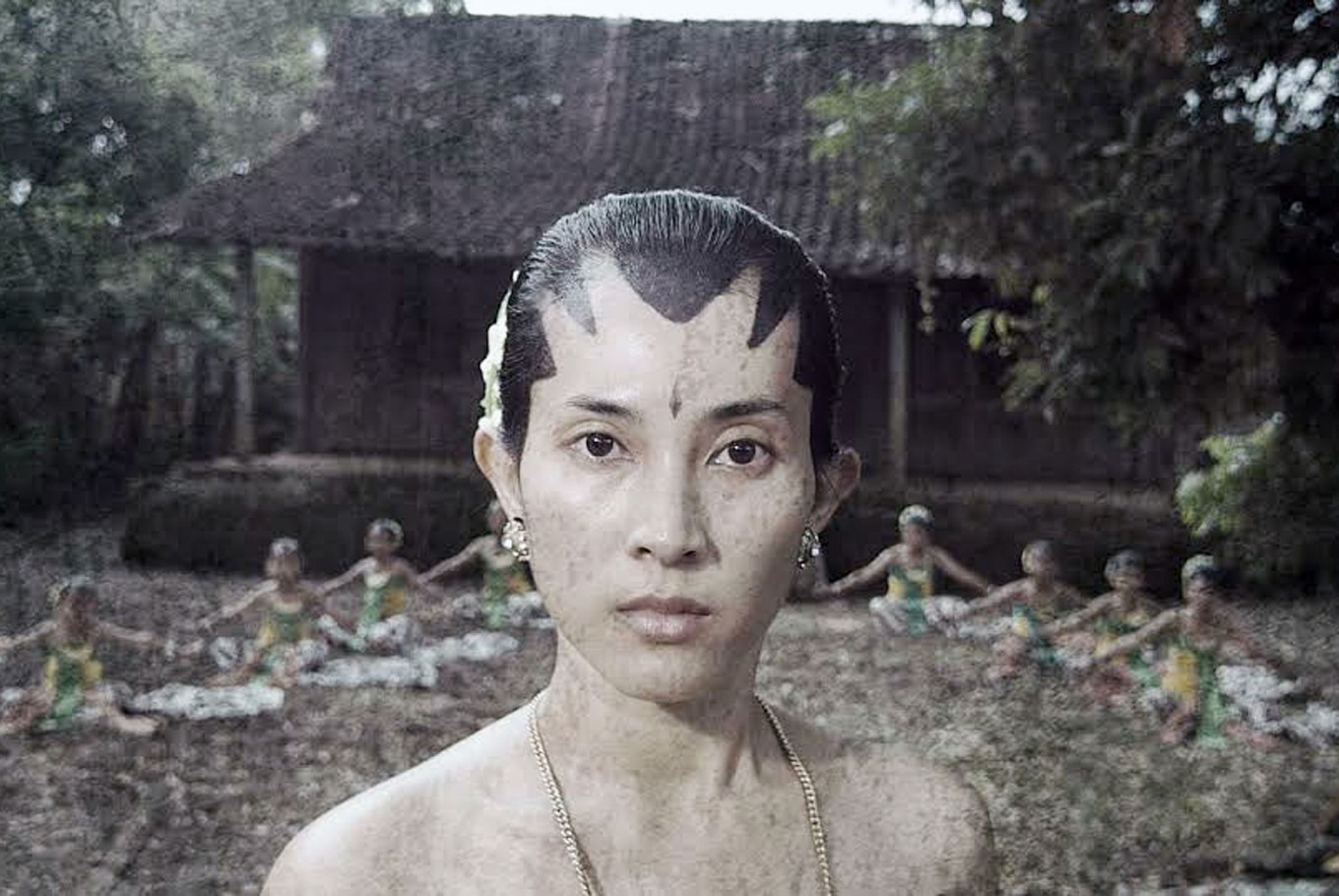Popular Reads
Top Results
Can't find what you're looking for?
View all search resultsPopular Reads
Top Results
Can't find what you're looking for?
View all search results'Sunya': Tracing Indonesia's pre-secular roots
Harry Suharyadi’s latest film Sunya presents the parallel spatial and temporal spaces as comprehended by Javanese culture
Change text size
Gift Premium Articles
to Anyone
T
he secularization process refers to the transformation of a society from having strong religious values toward non-religious values. This change is propelled by, among other things, the advancement of science and technology, two of the main products of modernization. One essential feature of a secularized society is the loosening of belief in the supernatural world.
Many philosophers, particularly from Eastern cultures, have criticized this notion, arguing that the idea of secularization, the peak of which was marked by the Catholic Church reform in the 16th century, is a “distinctively European problem.”
For example, Eastern cultures like Indonesia are believed to have never experienced full-blown secularization. Many people still believe in supernatural practices like santet (black magic), pelet (supernatural seduction) and much more. These beliefs seem to permeate across every educational level and socioeconomic bracket.
Veteran director Harry Suharyadi’s latest art-house film Sunya looks to discuss this issue by tracing Indonesia’s pre-secular roots in the Javanese culture.
Read also: ‘Athirah’ wins award at French film festival
Launched late last year, the film has a complex web of stories.
It opens with the conundrum faced by Bejo (Erlandho Saputra), whose grandmother suffers from an illness that the doctors can’t diagnose. Bejo shares his problem with his friend Rohman (Eko Supriyanto). Bejo’s grandmother, who has taken care of him since he was a child, however, shows no sign of dying yet. People believe that the woman’s black magic somehow prevents her from dying.
Bejo also faces another problem. Bejo, who is a political party member, is having an affair with another party member, Raisa (Astri Kusumawardhani), who had previously rejected his love. People accuse him of casting a spell on her.
The film then moves back to when Bejo was a little boy. Little Bejo had always been quiet, elusive and sullen after his mother left him without a word. Knowing intuitively of her grandson’s mental vulnerability, his grandmother asks another boy, Rohman, to be his protector. Rohman gives him a talisman that can protect him from any kind of pain.
Thus we see that Bejo has been intimate with the supernatural world since he was a little kid.
 Braving the giant: Little Bejo (Satria Qolbun Salim) confronts buto cakil, the malevolent giant who lives in the forest.(Harry Suharyadi/File)
Braving the giant: Little Bejo (Satria Qolbun Salim) confronts buto cakil, the malevolent giant who lives in the forest.(Harry Suharyadi/File)
Right from the beginning, the film prepares its audience to take a journey into the twilight zone.
In this film, the secularized world is represented by the village where Bejo lives, with its modern facilities and infrastructure, like school buildings and roads, while the presecular realm is represented by the forest adjacent to it.
Through Bejo’s easy interaction with the forest’s supernatural inhabitants and the village residents’ tremendous fear of them, the audience is able to see how the Javanese are truly integrated with what they call niskala, or the realm that, albeit having no physical indices, is living alongside us.
Read also: 'Wiro Sableng' remake gets Hollywood treatment
Not all the audience is able to explain the mystical elements of the film, but as an Indonesian you may understand it viscerally. In this sense, the film has been successful in bringing forth the Indonesian way of understanding, in which we don’t break down our physical, rational and spiritual way of knowing, like Western thinkers do. In other words, we can comprehend the supernatural world in an emotional manner without necessarily having to be able to explain or justify it rationally.
 Dance of love: Raisa (Astri Kusumawardhani) dances along to a Javanese song while singing a melancholic tune.(Harry Suharyadi/File)
Dance of love: Raisa (Astri Kusumawardhani) dances along to a Javanese song while singing a melancholic tune.(Harry Suharyadi/File)
Through its plot, the film tries to show part of Indonesia’s culture, the part that believes in the “other side.”
This belief is represented by the main character, Bejo, who ultimately finds refuge in the forest when he is facing career and love problems.
In the end, amid all the rapid changes and tursecularized moil brought about by a society, Bejo’s otherworldly companions in the forest remain the only constant to keep him alive.
Bejo’s intimate and seamless relationship with the forest also embodies the Javanese wisdom that human beings are one with the universe with all its mysteries that should remain mysteries because they are too complex to be dissected wholly by our rationality, even if we were to try.
At this point, the film serves as a criticism of the arrogance of “modern humans” who think they can divide and conquer nature with their scientific knowledge, which may result in devastating environmental destruction and, ultimately, the demise of human beings themselves.











